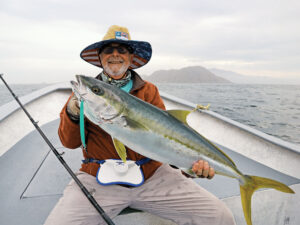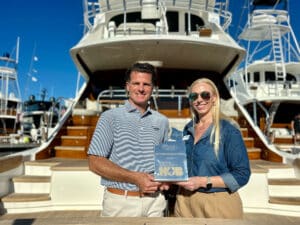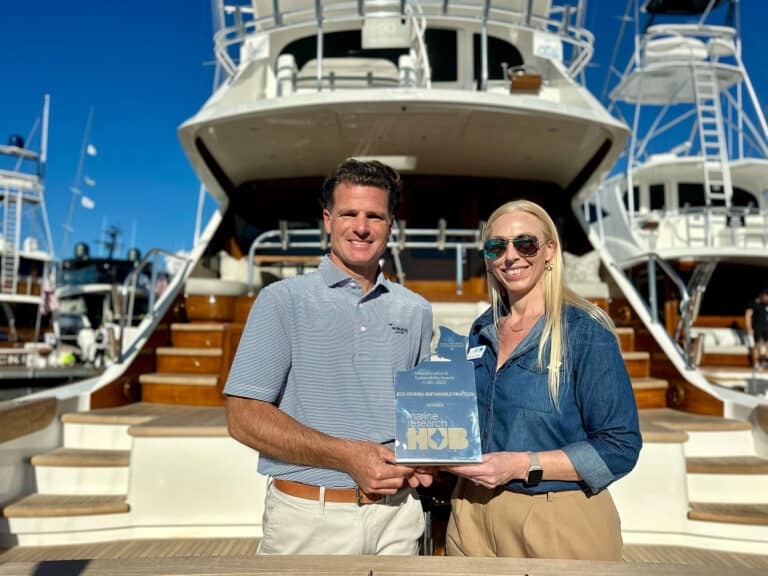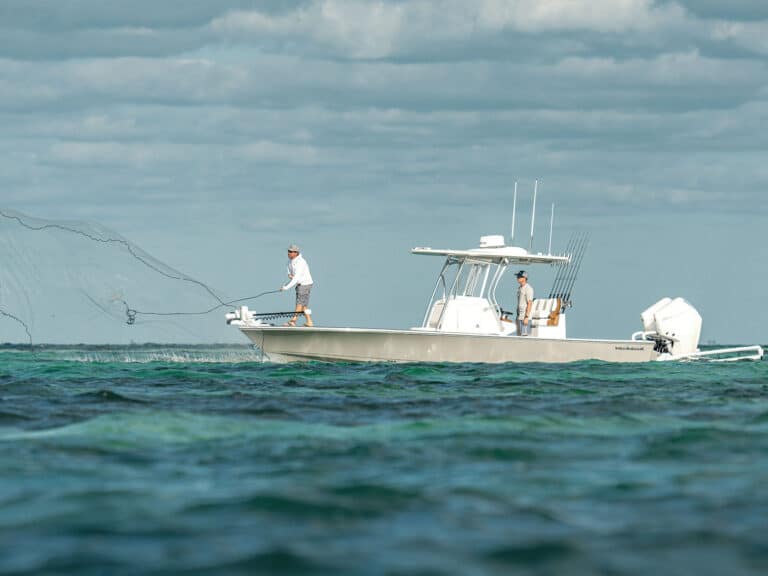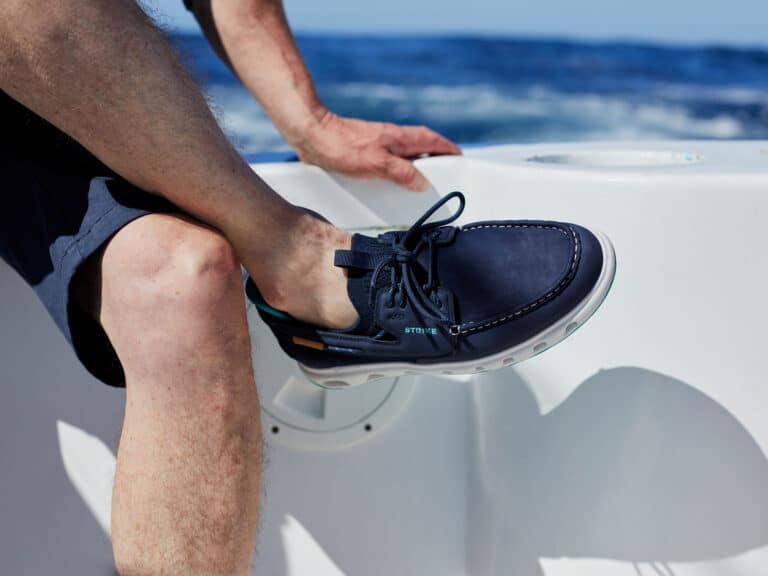
In a press conference on Nov. 10, Florida Gov. Ron DeSantis announced the state is taking a crucial step toward instituting state management of red snapper for state and federal waters in the Atlantic.
The Florida Fish and Wildlife Conservation Commission (FWC) submitted a request for an exempted fishing permit (EFP) to the US Secretary of Commerce that would allow 39 days of recreational red snapper harvest off the Atlantic coast of Florida. In a fishery that has been essentially shut down for 15 years—with just a day or two of recreational harvest allowed annually in recent years—Florida is seeking a split red snapper season occurring before and after peak spawning periods. The plan calls for a Florida red snapper season from May 22-June 30 and 3-day weekends in October for 2026.
The other South Atlantic states (Georgia, South Carolina and North Carolina) are expected to request their own EFPs in the near future, which would set the stage to shift management of the fishery to the states.

State Management of Red Snapper
“It’s a huge milestone to get these plans submitted—the first really concrete step on the path,” said Ted Venker, vice president and director of conservation for the Coastal Conservation Association. “NOAA has to approve them, but we have been told that the Secretary of Commerce and President Trump are supportive of this concept.”
This path to state management using EFPs is similar to the progression that occurred in the Gulf of America red snapper fishery, which has enjoyed improved access for recreational anglers as well as healthy populations of red snapper since Gulf states took over management of the Gulf fishery, beginning with a two-year pilot program in 2018.
EFPs are temporary permits issued by NOAA Fisheries which allow fishing activities that would otherwise be prohibited by regulations. Typically, they are issued for research and management purposes. In this case, the purpose is to test state management strategies and data collection for recreational red snapper. Venker said Atlantic red snapper seasons will likely be conducted under EFPs for a year or two as the states develop and use their own data-collection systems to remain beneath a federally mandated harvest quota.
Public Opinion on State Management of Red Snapper
In the lead up to Florida’s big announcement, FWC held a series of public meetings to gauge public opinion of the concept. Martha Guyas, southeast fisheries policy director for the American Sportfishing Association, is a scientist, a proponent of state management and an avid angler. She attended a couple of the meetings and said there is a lot of public support for turning management of red snapper over to the FWC.
“People were overall very supportive of the concept of state management,” she said. “They’ve seen what has happened in the Gulf, and they’re pretty frustrated with what’s happened in the Atlantic. I think they were glad to have the opportunity to provide usable feedback to help shape what this fishery looks like in the next couple of years.”

South Atlantic Red Snapper Status
So, what is the status of the fishery that’s been essentially closed by federal managers for 15 years? “Record abundance of red snapper,” is a phrase uttered a lot these days.
“We’ve seen a remarkable rebuilding of the fishery since it closed back in 2010. It’s now at record abundance,” said Guyas. “Every time they do one of these assessments for the last few years, they’re saying, ‘Wow, there are more red snapper out here.’ We’ve got new recruits, meaning new young fish moving into the population. They’ve had several years of really, really great recruitment in a row, which doesn’t happen a lot in fisheries. So that’s why everyone is saying record abundance, because that’s what the data we have is showing, and that certainly matches up with what fishermen are seeing on the water. It’s like they’re walking on red snapper out there.”
South Carolina Sea Grant recently released preliminary findings from an expansive independent study designed to estimate red snapper abundance in the South Atlantic. The South Atlantic Red Snapper Research Program is intended to inform future management of the fishery by dovetailing with current federal models. It is still awaiting peer review.
“They looked at red snapper abundance in a couple different ways, and my take is that it confirms what the assessment is showing us and what anglers are seeing,” said Guyas. “There are a whole lot of red snapper out there.”
The next steps in the process toward state control of the South Atlantic red snapper fishery are for North Carolina, South Carolina and Georgia to submit their EFP requests, for NOAA Fisheries to issue them and for the US Secretary of Commerce, Howard Lutnick, to sign off on them. From there, according to Venker, states will likely manage the fishery under EFPs for a year or two under a federal quota at which time their data collection processes will need to be calibrated with NOAA’s existing MRIP (Marine Recreational Information Program) system.
After that, the South Atlantic Fisheries Management Council will have to approve amendments to the management plan delegating authority for the states to manage their private recreational sector with their state data system, Venker said.

